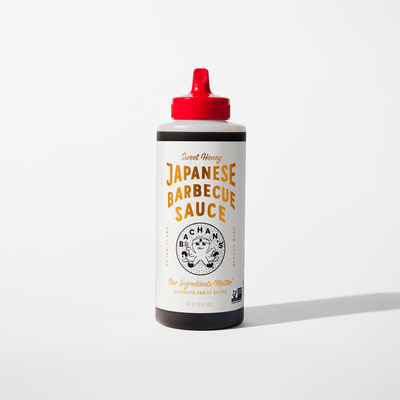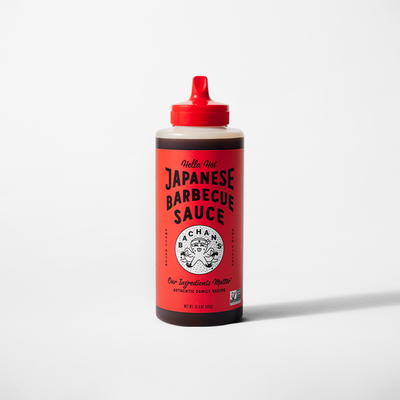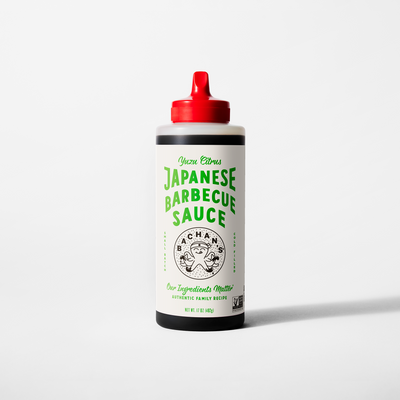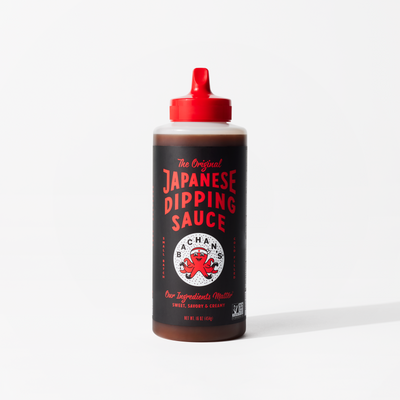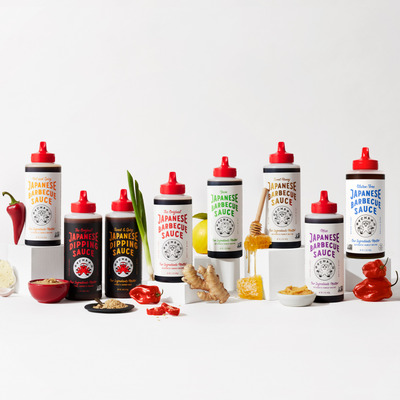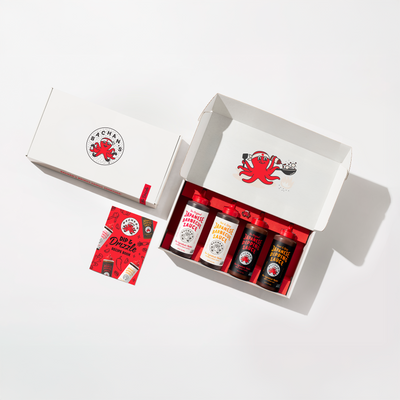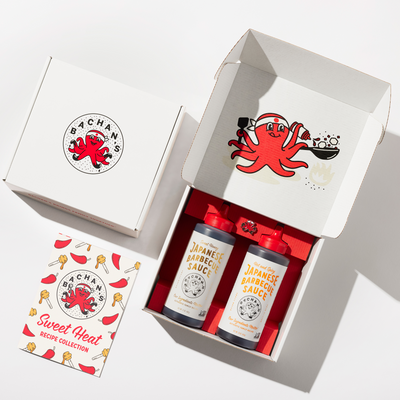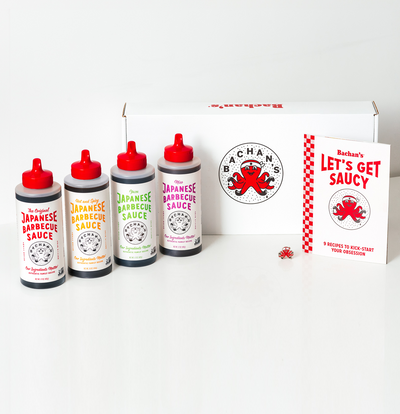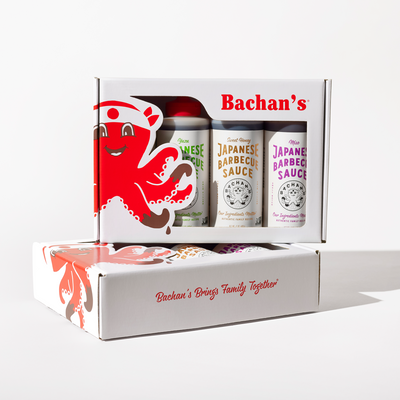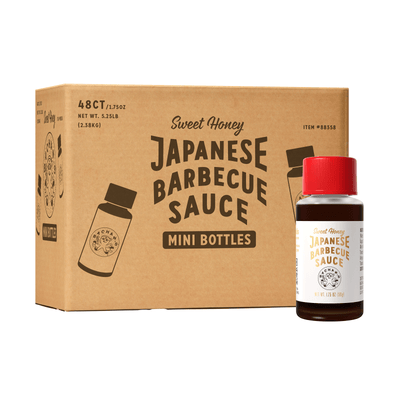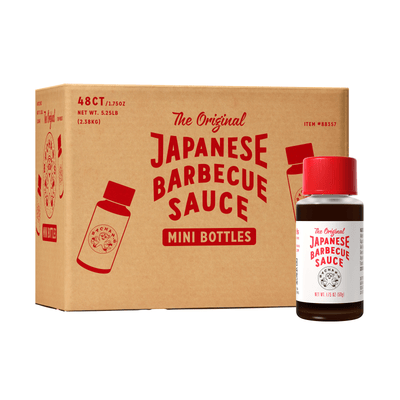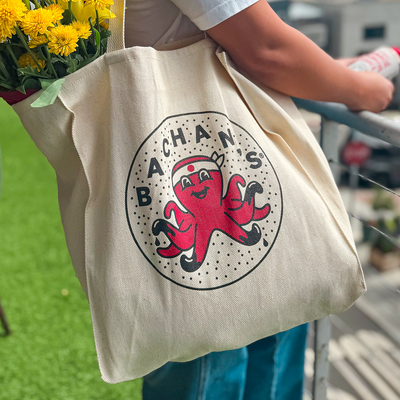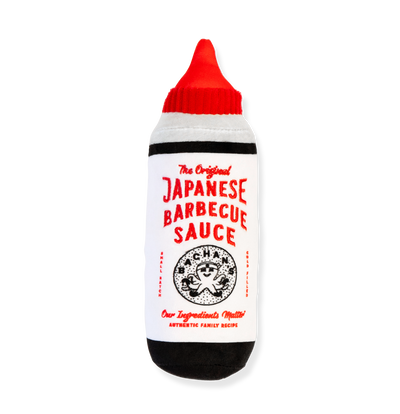Posted by Ecomm Admin on
BBQ Leftover Fried Rice
- Cook Time: 15 Mins
- Serves: 2
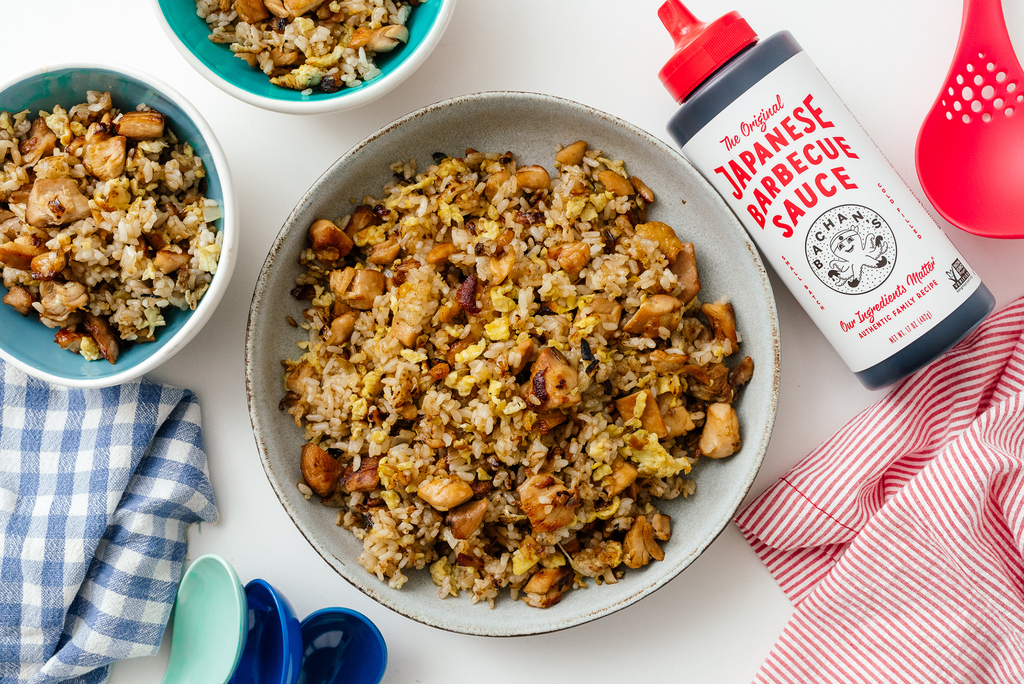
“Mmm, leftovers.” -Everyone, everywhere
Leftovers are the best. They’re a gift you give yourself after cooking up a storm in the kitchen. An extra meal the next day without having to put in any effort? Yes, please. But what if you want to jazz things up a bit? This recipe combines rice, that leftover BBQ meat sitting in your fridge, and the magic of Bachan’s Original Japanese Barbecue Sauce for a brand-new BBQ rice dish that’s deliciously umami-full.
Whether you need a quick meal for yourself or extras to feed the kiddos, this is one recipe to keep in your back pocket.
What Type of Rice Should You Use?
The short answer? Whatever you have. The long answer? We’re the president of the Non-Glutinous Rice Fanclub. It also goes by Urichimai rice, and you’ve probably had it before: It’s a little on the sweeter side, bouncy, and just a tad sticky. If you go to a Japanese restaurant, this is most likely what you’re eating. Want to step up your grain game at home? This is the go-to.
If you don’t have any of that in the cupboard, the next best option is any short-grain white rice. Jasmine rice is also a common pick for fried rice. But really, we’re not super picky. This recipe will play nicely with most types of rice, including brown rice.
One thing we are picky about is the way we cook the rice. We’re even getting T-shirts made, and they’re going to say…
Wash the Rice First
Have you ever had a moment with really good rice? Where it was perfectly soft but also melted in your mouth, and the texture was just — *sigh* — heavenly? It’s partly because that rice probably took a shower first.
No, really.
Rice connoisseurs (us) agree that it’s important to wash white rice because the bran has been milled. This means that while it was being processed, the outer layer of the grains was removed. This can leave dust and debris on the grains. Plus, there’s excess starch.
By washing it, you’re removing some of that starch and dust. This helps with both the flavor and the texture/consistency of the rice. Otherwise, you might end up with a chewy mess that has a funky taste, and then nobody’s happy.
You want to rinse the rice until the water looks fairly clear. It might take a few passes, but it’s worth the effort!
There’s one more step we recommend, and that is soaking the rice in water before you cook it. This is more applicable to Japanese short-grain rice, which has a plump body and needs more time to absorb water all the way through. This might not be accomplished on the stovetop or in a rice cooker. So, in addition, you can try soaking the rice for 20 to 30 minutes ahead of cooking it.
Note: With other types of rice, you can sometimes skip this step.
Washing and soaking is going to make your BBQ rice — *chef’s kiss* — irresistible.
Pro Tip: Different Oils Offer Different Flavors for Your BBQ Rice
Because this recipe requires so little cooking, finding an oil with a high smoke point isn’t too much of a concern. This means that you can play around with different oils based on your flavor preferences.
If you want something nutty and earthy, sesame oil might tickle your tastebuds. If you like mild and smooth, avocado is a great pick. For something light and nutty, give peanut oil a call.
Most authentic fried rice calls for sesame or peanut oil, but again, you do you.
Rice: More Than an Ingredient
Rice is more than a supporting actor in Japanese cuisine. Oftentimes, it’s the headliner. In fact, it has a rich history of its own and even contributed to the very community-oriented culture that the Japanese are known for.
Because wet rice cultivation was so labor-intensive, it was very much a team effort. Families combined effort and resources (like water and irrigation) to get the job done. This fostered a sense of harmony and camaraderie among neighbors.
These days, most of us can simply go to the neighborhood grocery and purchase the rice we want, but the community vibes are still strong in Japanese culture — something that families will continue instilling in generations to come.
The prominence of rice even worked its way into the Japanese language. Gohan is both “cooked rice” and “meal” — in other words, rice can be the meal itself. There are also three more variations of gohan: asagohan (breakfast), hirugohan (lunch), and bangohan (dinner). Translation? Rice has historically been a part of all three meals. And all this time, you thought you needed to cut back on carbs. #Lies
In addition, rice served political importance in Japanese society. It was a sign of wealth and was even used as currency. It was so prominent that the goal was to use as much of the grains as possible. Stalks were recycled into tatami mats, the bran was used as a face scrub, and the rice paste could be used in bookbinding.
Do You Really Need a Wok for Your BBQ Rice + Meat?
If you don’t have a wok handy, your run-of-the-mill pan will still work. However, woks are ideal for high-heat cooking, which this recipe calls for, while ordinary pans are typically better for slower cooking and liquid-based recipes.
Plus, the sloping sides of a wok make it easier to stir in that delicious, smooth Bachan’s Original Japanese Barbecue Sauce and ensure that it’s evenly distributed, whether you’re tossing in Japanese duck or spicy ham. A wok is also a pro at cooking/heating food evenly. This means that you can expect every bite to taste the same: stupendous.
Regardless, this recipe is low-maintenance enough that any pan you have can wok — whoops, we mean, work.
Directions
ingredients
• 2 tbsp Bachan's Original Japanese Barbecue Sauce
• 2 cups cooked Lundberg Jamsine Rice
• 2 tbsp oil
• 1/2 tsp granulated garlic
• 1/2 tsp ginger powder
• 2 large eggs, lightly beaten
• 1 cup leftover BBQ meat, chopped into small pieces
• 1/4 medium onion, diced
Prep Time: 10 Minutes
Cook Time: 15 Minutes
Serves: 2

